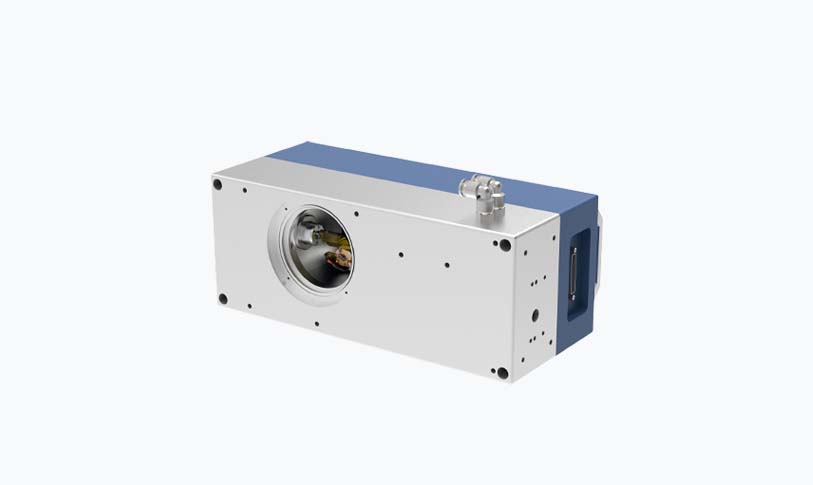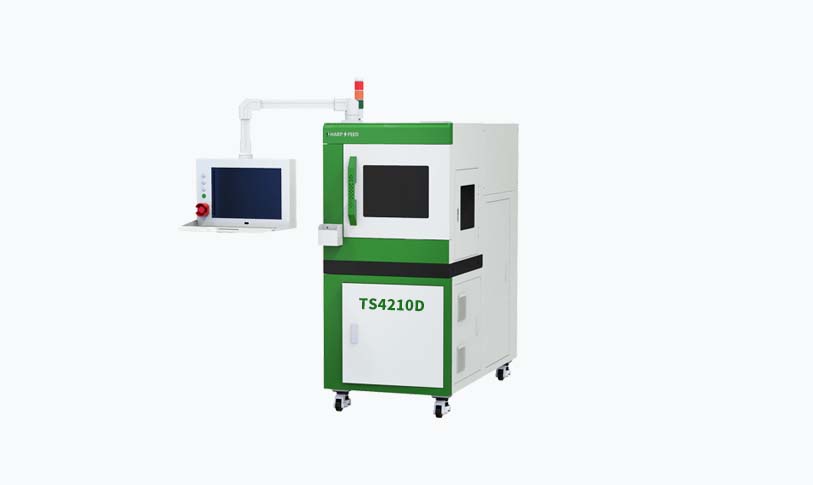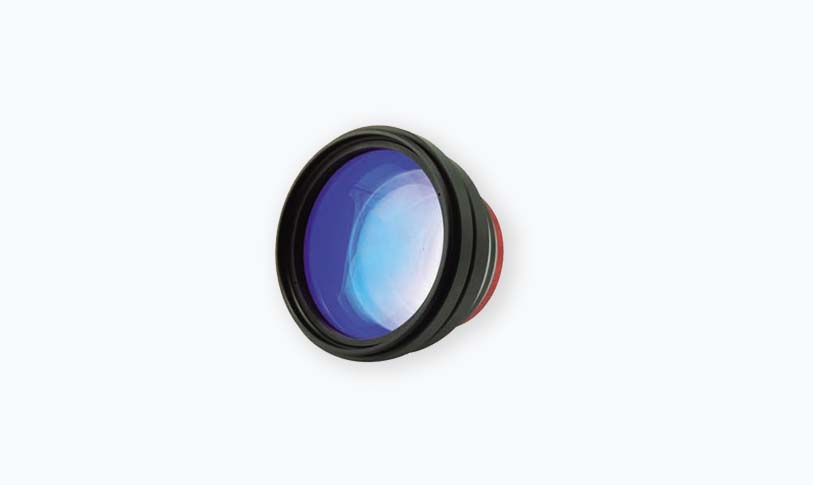Introduction
In recent years, UV laser etching has emerged as a groundbreaking technique in the field of manufacturing, offering unparalleled precision and versatility. As industries seek to enhance the quality of their products while improving efficiency, UV laser etching has become an indispensable tool in various applications, ranging from electronics to packaging. This article delves into the fundamentals of UV laser etching, exploring its principles, benefits, applications, and the technologies that drive this innovative process.
What Is UV Laser Etching?
UV laser etching refers to the process of using ultraviolet (UV) lasers to modify the surface of different materials, creating precise designs, markings, or textures. This technique leverages the high energy output of UV lasers to remove material from a substrate in a controlled manner. The wavelengths typically used in UV laser etching range from 190 to 400 nanometers, making it highly effective for engraving and marking on materials that can be challenging to etch using traditional methods.
Principles of UV Laser Etching
The key principle behind UV laser etching lies in the focused energy delivered by the laser beam. When the UV light hits the material’s surface, it causes a photochemical reaction that results in material ablation or modification. Unlike conventional laser etching methods that might produce excessive heat and lead to material deformation, UV lasers produce minimal thermal effects, ensuring high precision and clean finishes. This characteristic is particularly important when working with sensitive materials such as plastics, glass, and certain metals.
Benefits of UV Laser Etching
1. **Precision and Detail**: UV laser etching is capable of producing extremely fine details and intricate designs that are often difficult to achieve with traditional engraving tools. This level of precision is invaluable in applications requiring detailed graphics or markings.
2. **Minimal Heat Affected Zone**: Because UV lasers induce minimal heat during the etching process, they reduce the risk of damaging nearby materials or altering their properties. This is particularly beneficial when working with heat-sensitive materials.

Understanding UV Laser Etching: A Comprehensive Guide to Applications, Benefits, and Techniques in Modern Manufacturing
3. **Versatility**: UV laser etching can be applied to a wide variety of materials, including plastics, glass, ceramics, metals, and even biological tissues. This versatility makes it suitable for various industries such as electronics, medical devices, and packaging.
4. **Environmentally Friendly**: Unlike some traditional etching processes that rely on harsh chemicals, UV laser etching is a cleaner solution. It reduces waste and minimizes the environmental impact associated with chemical-based etching methods.

Understanding UV Laser Etching: A Comprehensive Guide to Applications, Benefits, and Techniques in Modern Manufacturing
5. **Cost-Effectiveness**: Over time, UV laser etching can prove to be more cost-effective than traditional methods due to its high speed, lower maintenance costs, and reduced material waste.
Applications of UV Laser Etching
1. **Electronics**: UV laser etching is extensively used in the electronics industry for creating precise markings on circuit boards, semiconductors, and other electronic components. The process allows for identification codes, logos, and symbols to be accurately etched onto a variety of substrates.

Understanding UV Laser Etching: A Comprehensive Guide to Applications, Benefits, and Techniques in Modern Manufacturing
2. **Medical Devices**: In the medical field, UV laser etching is used to mark surgical instruments, medical devices, and implants. The process ensures that important information such as serial numbers and logos can be permanently marked without affecting the functionality of the device.
3. **Packaging**: UV laser etching is increasingly utilized in the packaging industry to create detailed designs and markings on containers. This allows brands to enhance their packaging aesthetics while ensuring compliance with regulatory requirements concerning product information.
4. **Industrial Parts**: Many manufacturers are turning to UV laser etching for marking industrial parts. The process can create durable markings that withstand harsh environments, including extreme temperatures, moisture, and exposure to chemicals.
5. **Promotional Items**: UV laser etching is also popular in the production of promotional materials, such as customized awards, plaques, and gifts. The ability to create intricate designs adds value to these items and makes them more appealing to customers.
Conclusion
As industries continue to evolve and demand higher quality and efficiency, UV laser etching stands out as a cutting-edge solution that meets these needs. With its precision, versatility, and minimal environmental impact, UV laser etching is poised to play a pivotal role in the future of manufacturing. Whether in electronics, medical applications, packaging, or promotional products, this innovative etching technique offers solutions that not only enhance product quality but also drive sustainability in the manufacturing process. As technology advances, it will be exciting to see how UV laser etching continues to expand its reach across various industries, establishing itself as a cornerstone of modern production methodologies.laser engraving machine software



